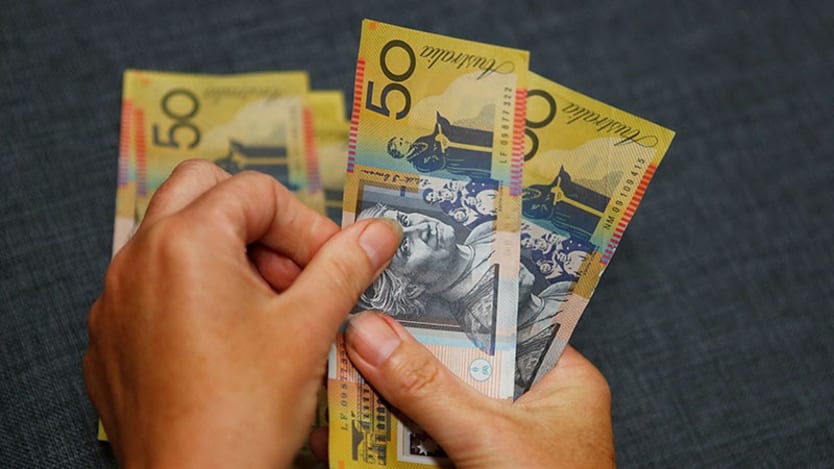
CANBERRA — Australia’s coronavirus support to the Indo-Pacific region is being paid for from existing official development assistance funding.
That ODA from bilateral aid programs will be the first source of financing to be utilized was revealed in shadow minister for foreign affairs Senator Penny Wong’s questioning to the Department of Foreign Affairs and Trade on Australia’s foreign affairs program on Thursday. The impacts to other existing or planned projects was not made clear. The emergency fund, which is part of the official budget and used each year for emergencies, is the additional source being used.
The insights provided at the senate estimates enabled greater clarity on how funds are being delivered to support overseas assistance.
Prime Minister Scott Morrison has previously stated that existing funds would be used to support his Pacific “step-up program,” and this approach is carrying over for COVID-19.
Funding coronavirus support
Foreign minister Marise Payne confirmed that Australia has provided responses to requests for assistance for things such as laboratory diagnosis and personal protective equipment for health care workers, as previously reported by Devex.
When asked by Wong if it is additional funding or existing funds from the aid program that were being utilized, Payne responded it was partly emergency funding, before directing DFAT officials to provide more detail.
Gerald Thomson, first assistant secretary at the Pacific Bilateral Division of DFAT, explained that assistance provided to Pacific Island countries was a combination of funding that Payne had approved from the emergency fund. But using the existing ODA allocation was the preferred option.
“In a couple of cases, for instance in the case of the Solomon Islands where we are assisting them with some temporary quarantine facilities, that’s coming out of the bilateral aid program,” he said. Existing ODA allocation was also used for “small requests” in Fiji and Vanuatu.
“In the cases where we have had small requests, the division I lead will go out to the [DFAT in-country] post and say ‘do you have the capacity to cover this in your existing bilateral program?’ In the cases where we have used the existing program, it’s been relatively small amounts of money and they have been able to cover it. But the larger expenditures we’re drawing on the funds we have approved out of the emergency fund,” Thomson explained.
Thomson said the emergency fund had been predominantly used to fund personal protective equipment to Fiji, Timor-Leste, and Papua New Guinea “at this point in time.”
Thomson said Payne had approved the use of $5.65 million Australian dollars ($3.73 million) out of DFAT’s emergency fund. This had been used for Fiji, Timor-Leste, and PNG, with some also going to the Solomon Islands.
At least AU$280,000 had come out of the bilateral program for the Solomon Islands to support the “largest expense” for the country associated with the COVID-19 response, according to Thomson.
When Wong asked whether projects or programs within any of the bilateral aid programs were having to be diverted to support the COVID-19 response, Thomson did not provide a clear answer on the impact.
Aid cuts under fire
Recently released detailed statistics on the Australian aid budget since the 2014-15 financial year, broken down by recipient country and investment priority, showed the impact of ongoing Australian aid cuts — particularly to Southeast Asia.
The health program for Indonesia has been among the most affected, reducing from AU$62.4 million for the 2014-15 financial year to AU$9 million for the current financial year — an 86% reduction. With two confirmed cases for COVID-19 in Indonesia as of March 6 and concerns that testing procedures had been lacking, Wong raised the question as to the impact this budget cut would have on their ability to detect and contain the virus.
Frances Adamson, secretary at DFAT, claimed there was no association between reduced aid funding to countries and their ability to prepare for and respond to a COVID-19 outbreak
“There is really no link,” she said. “We are able to do everything we need to do to work with them on preparedness on testing when it comes to supplies of PPE ... we have the emergency fund to draw upon.”
More important than development assistance, she said, was sharing health expertise and knowledge. It was not a point Wong agreed with.
“No one, surely, is going to say that reducing, from a bilateral perspective and relationship perspective, that reducing funds for health programs in Indonesia is a great thing for Australia,” Wong said.
But Adamson claimed Australia maintained “deep links” within health sectors of South-East Asian partner countries, including Indonesia, to ensure regional health priorities continued to be supported — and would assist COVID-19 responses.
Update, March 6, 2020: This story has been updated to clarify that the emergency fund budget is part of Australia’s official development assistance.








